-
Welcome to Tacoma World!
You are currently viewing as a guest! To get full-access, you need to register for a FREE account.
As a registered member, you’ll be able to:- Participate in all Tacoma discussion topics
- Communicate privately with other Tacoma owners from around the world
- Post your own photos in our Members Gallery
- Access all special features of the site
CB Antenna location and quantity advice
Discussion in 'Audio & Video' started by pAP, Feb 29, 2012.
Page 4 of 4
Page 4 of 4


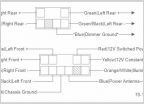 Tpp4's No Nonsense Guide to Kicker Key T-Harness (16-19)
Tpp4's No Nonsense Guide to Kicker Key T-Harness (16-19)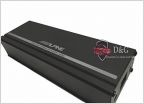 Need more bass want to hear your opinions.
Need more bass want to hear your opinions.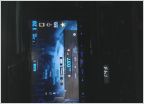 2014 Xm Sirius with shark fin?
2014 Xm Sirius with shark fin?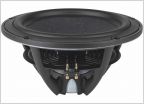 3rd Gen stock tweet crossover
3rd Gen stock tweet crossover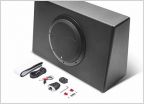 Rockford Fosgate P300-10T
Rockford Fosgate P300-10T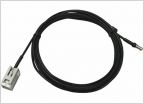 Sanity Check for 2009 JBL headunit replacement
Sanity Check for 2009 JBL headunit replacement
